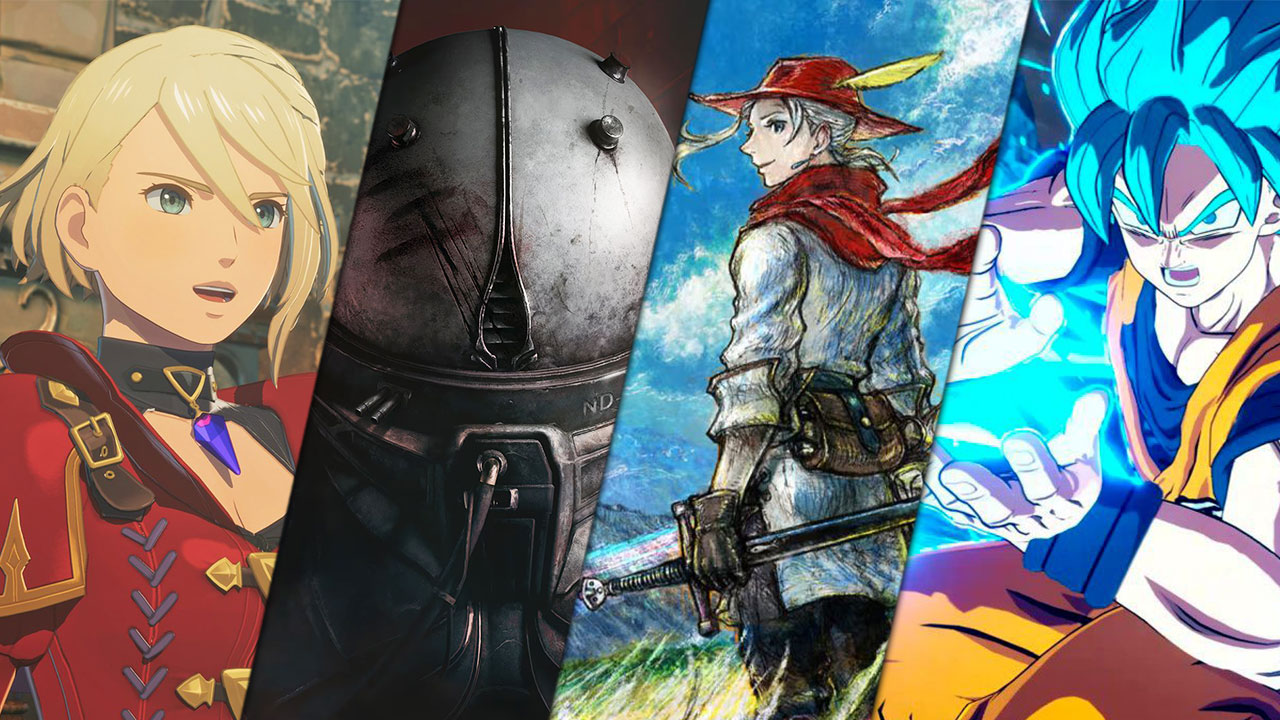النسخة 2.2 من لعبة Zenless Zone Zero وصلت، ومعاها شخصيات جديدة مثل Seed وOrphie. في أحداث جديدة، بس ما في شيء يحمس. الصيف قرب يخلص، واللعبة شكلها بتستعد للتغييرات. إذا كنت من محبي اللعبة، يمكن يكون عندك بعض الاهتمام، بس صراحة ما في شيء جديد يخليني أتحمس.
#ZenlessZoneZero
#Seed
#Orphie
#أحداث_جديدة
#لعبة
#ZenlessZoneZero
#Seed
#Orphie
#أحداث_جديدة
#لعبة
النسخة 2.2 من لعبة Zenless Zone Zero وصلت، ومعاها شخصيات جديدة مثل Seed وOrphie. في أحداث جديدة، بس ما في شيء يحمس. الصيف قرب يخلص، واللعبة شكلها بتستعد للتغييرات. إذا كنت من محبي اللعبة، يمكن يكون عندك بعض الاهتمام، بس صراحة ما في شيء جديد يخليني أتحمس.
#ZenlessZoneZero
#Seed
#Orphie
#أحداث_جديدة
#لعبة


















